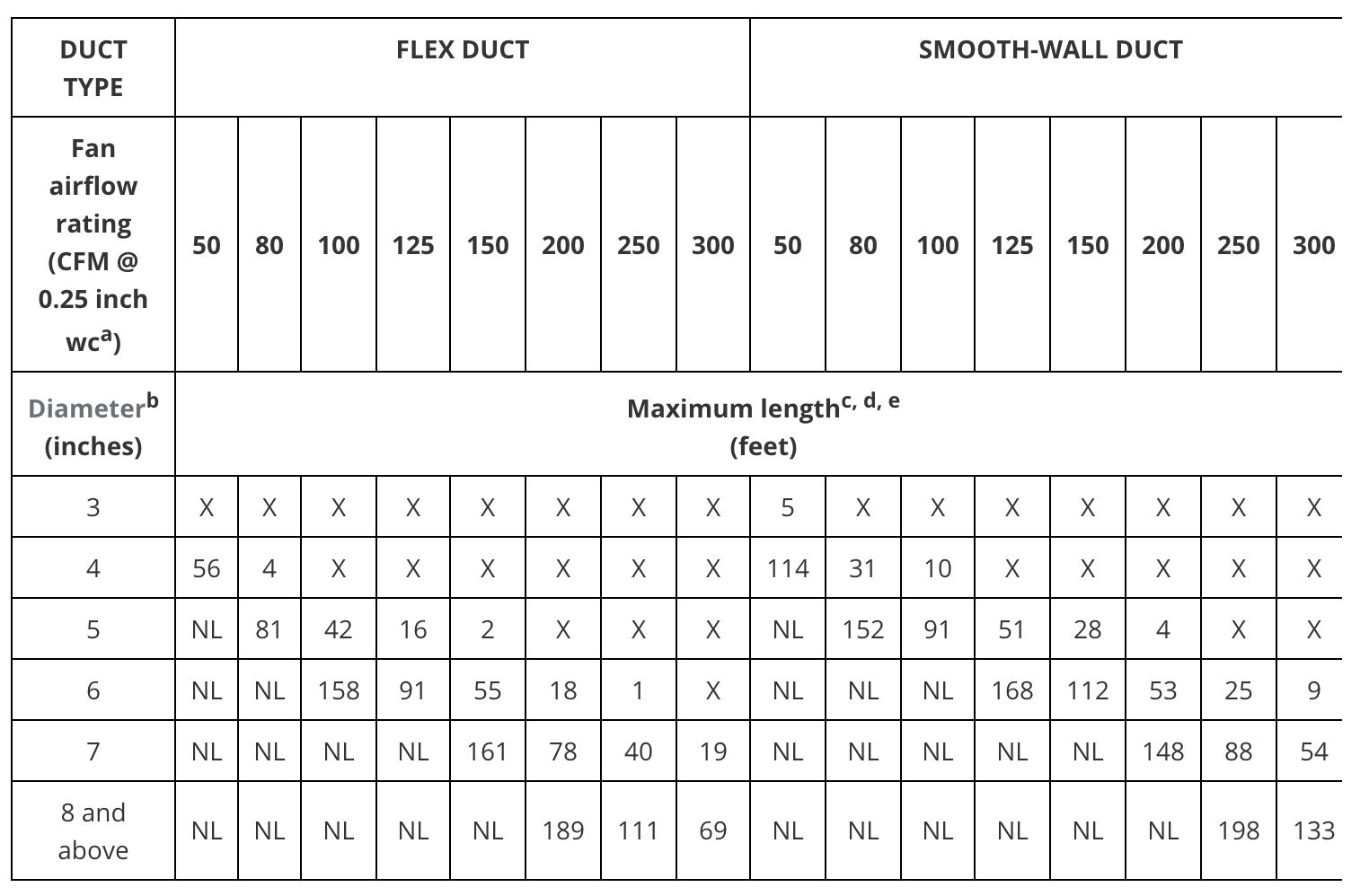Code Requirements for Bathroom Vent Fans

Bathroom vent fan code – Hey there, home improvement enthusiasts! When it comes to your bathrooms, ventilation is key. Not only does it help remove moisture and odors, but it also prevents mold and mildew growth. That’s why building codes have specific requirements for bathroom vent fans.
You know, speaking of codes, I just found out about this thing called “bathroom vent fan code.” It’s supposed to make your bathroom fan work better. But then I got distracted by this Peppa wallpaper. I mean, who doesn’t love Peppa?
Anyway, back to the bathroom vent fan code…
IRC and IBC Requirements
The International Residential Code (IRC) and International Building Code (IBC) are two widely adopted building codes that set minimum standards for residential and commercial construction. Both codes require bathroom vent fans to meet certain specifications, including:
- CFM Rating: The fan must have a minimum CFM (cubic feet per minute) rating based on the size of the bathroom. For example, a bathroom up to 100 square feet requires a fan with a CFM rating of at least 50.
- Ductwork Sizing: The ductwork connected to the fan must be properly sized to handle the airflow. The minimum duct size is typically 4 inches in diameter.
- Electrical Requirements: The fan must be wired according to electrical codes, including proper grounding and circuit protection.
Calculating CFM Requirements
To determine the required CFM for your bathroom vent fan, you need to consider the room size and ceiling height. Here’s a simple formula:
CFM = (Room Length x Room Width x Ceiling Height) x 0.1
For example, a bathroom that is 10 feet long, 8 feet wide, and 8 feet high would require a fan with a CFM rating of at least (10 x 8 x 8) x 0.1 = 64 CFM.
I’ve been looking into bathroom vent fan codes lately, and let me tell you, it’s a rabbit hole! But hey, at least it’s not as boring as staring at a minimalist desktop wallpaper. Speaking of which, if you’re looking for a distraction, check out this minimalist desktop wallpaper.
It’s like a blank canvas for your thoughts, leaving you plenty of room to imagine the next great bathroom vent fan code.
Types of Bathroom Vent Fans
/fan-182149550-584203c05f9b5851e5718359.jpg)
Bathroom vent fans are essential for removing moisture and odors from your bathroom, helping to prevent mold and mildew growth. There are three main types of bathroom vent fans: wall-mounted, ceiling-mounted, and inline fans.
Wall-Mounted Vent Fans
Wall-mounted vent fans are the most common type of bathroom vent fan. They are installed on the wall, typically near the ceiling. Wall-mounted vent fans are relatively easy to install and are available in a variety of sizes and styles. However, they can be noisy and may not be as efficient as other types of vent fans.
Ceiling-Mounted Vent Fans
Ceiling-mounted vent fans are installed in the ceiling, typically in the center of the room. Ceiling-mounted vent fans are more efficient than wall-mounted vent fans and are less noisy. However, they can be more difficult to install and may require professional installation.
Inline Vent Fans, Bathroom vent fan code
Inline vent fans are installed in the ductwork of your bathroom exhaust system. Inline vent fans are the most efficient type of bathroom vent fan and are very quiet. However, they can be more difficult to install and may require professional installation.
Installation and Maintenance of Bathroom Vent Fans: Bathroom Vent Fan Code

Installing and maintaining bathroom vent fans is a crucial aspect of ensuring proper ventilation and preventing moisture buildup. Follow these guidelines for efficient operation and a healthier bathroom environment.
Proper Installation Procedures
- Select the correct location: Install the fan in the ceiling or wall near the shower or bathtub, at least 6 inches away from any light fixtures or electrical outlets.
- Mount the fan securely: Use appropriate screws and anchors to mount the fan firmly to the framing. Seal any gaps around the fan with caulk.
- Connect the ductwork: Attach a flexible duct to the fan outlet and connect it to a roof or gable vent. Ensure the duct is properly sealed to prevent air leaks.
Importance of Regular Maintenance
Regular maintenance is essential for optimal performance of bathroom vent fans. Neglecting maintenance can lead to decreased airflow, mold growth, and other issues.
Step-by-Step Cleaning and Maintenance
- Turn off the power: Before starting any maintenance, turn off the circuit breaker or fuse that powers the fan.
- Remove the fan cover: Locate the screws or clips that hold the fan cover in place and remove it.
- Clean the fan blades: Use a soft cloth or brush to remove dust and dirt from the fan blades. Be careful not to damage the blades.
- Clean the filter: If your fan has a filter, remove it and clean it with soap and water. Allow it to dry completely before replacing.
- Check the ductwork: Inspect the ductwork for any blockages or damage. If necessary, remove any obstructions or replace the ductwork.
- Reassemble the fan: Replace the fan cover and secure it tightly. Turn on the power and test the fan to ensure it is working properly.